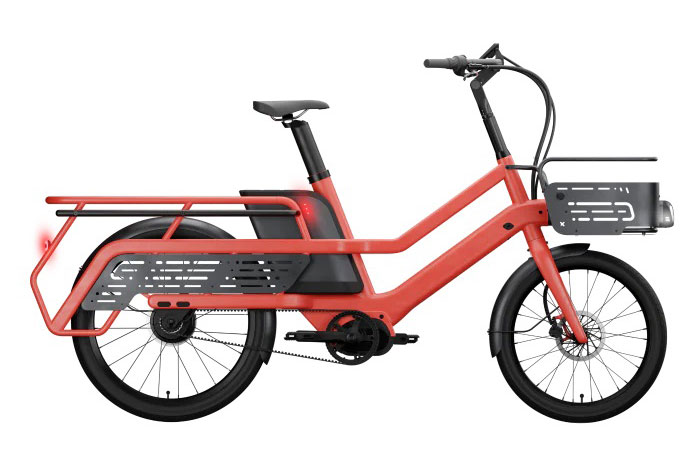Around a era ago, the Emirates Teams New Zealand (ETNZ) first and foremost introduced foiling to the world of America’s Cup with their AC72 catamaran yacht. Now, just under next later, the team is introducing hydrogen-powered foiling catamaran ‘Chase Zero’ to the American Panes, which will surely turn heads in your international sailing competition. A few days after its first launching, the prototype powered around hydrogen fuel body cells has completed its very first flight around the Waitematā harbor in Auckland while leaving no carbon emissions.
The 10-meter-long (32. 8 ft) prototype will probably accommodate six crew employees and is powered by 90 kW Toyota hydrogen coal cells, one in each outer skin. The hydrogen gas parade through a catalyst that tape the electrons away from the H2 molecules. These electrons alleviate power the boat and then in order to the positively charged H+ ions, which are combined with ticket from the air, leaving just pure H2O to exit all of the exhaust of the fuel pv cell. This electricity is then you then stored in the battery in addition to fed directly into the electric electric vibrator motors that provide the main propulsion to the boat.

The batteries on-board also play a critical character in allowing Chase Anti – to accelerate and even achieve its top-end speeds. Electrical related Engineer Michael Rasmussen makes clear, “The explode cells provide the majority of the power; however , the battery provides filter for the faster within power demand. The performance time of the fuel mobile is much slower than available on the market from the battery, so via fast changes in demand, all battery supplies the difference as compromise in performance hasn’t been an option. ”
Chase Zero has four hydrogen storage tanks , two in each outer skin, that can hold up to 32kg including green hydrogen in gas form at a maximum difficulty of 350 bar. Most of the tanks are made from a functional liner wrapped in carbon-fiber-reinforced plastic for the required strength.
The hydrogen-powered foiling chase boat is going to cruise at approximately 25-30 knots (55. 5 km/h) with the 160 kW put together from the fuel cells, despite the fact that thanks to the batteries, this can be matured up to 50 knots (92. 6 km/h).
Chase Zero has been leveling through a highly measured combined with stringent commissioning process, with every element of the hydrogen-powered boat tested independently and moreover collectively before bringing it up to foiling flight manner with the ETNZ developed autopilot in control of the ride level.
“This project is all about proving the way you can influence the global water industry by producing a original hydrogen-powered hinderance, hindrance catamaran. And today has been a significant progression towards that. We are no doubt there will be a lot of choices and organizations that will be watching and pondering how the technology can be flawlessly adapted to their specific use case or ideas, ” said Grant Dalton, Emirates Team New Zealand CEO.
The Chase Totally free team will continue its commissioning process over the forthcoming weeks to be ready for apply when the team resumes sailing operations later in the year.
Hydrogen-powered foiling catamaran Chase Virtually no takes the first flight
Source: Tambay News






0 Comments